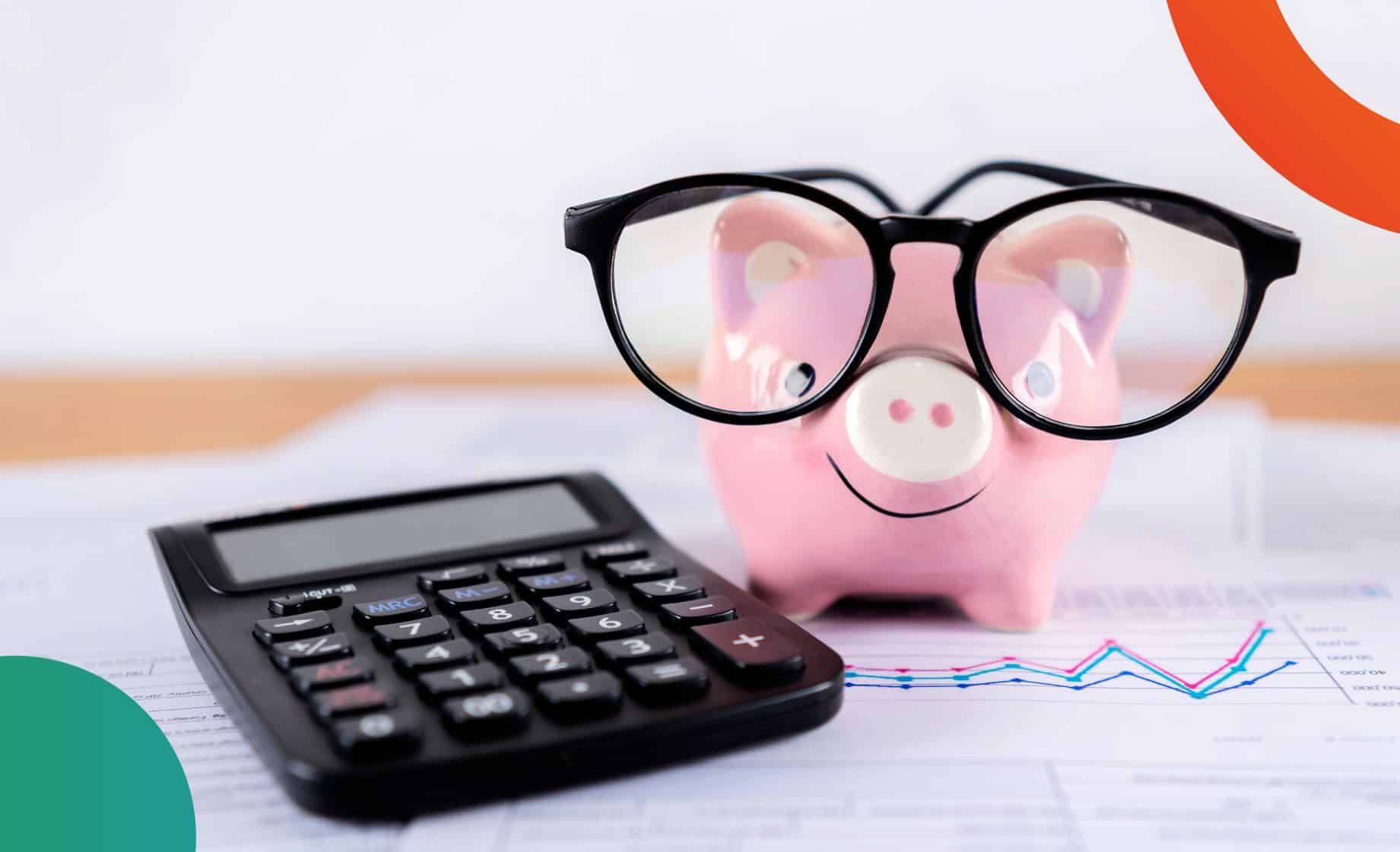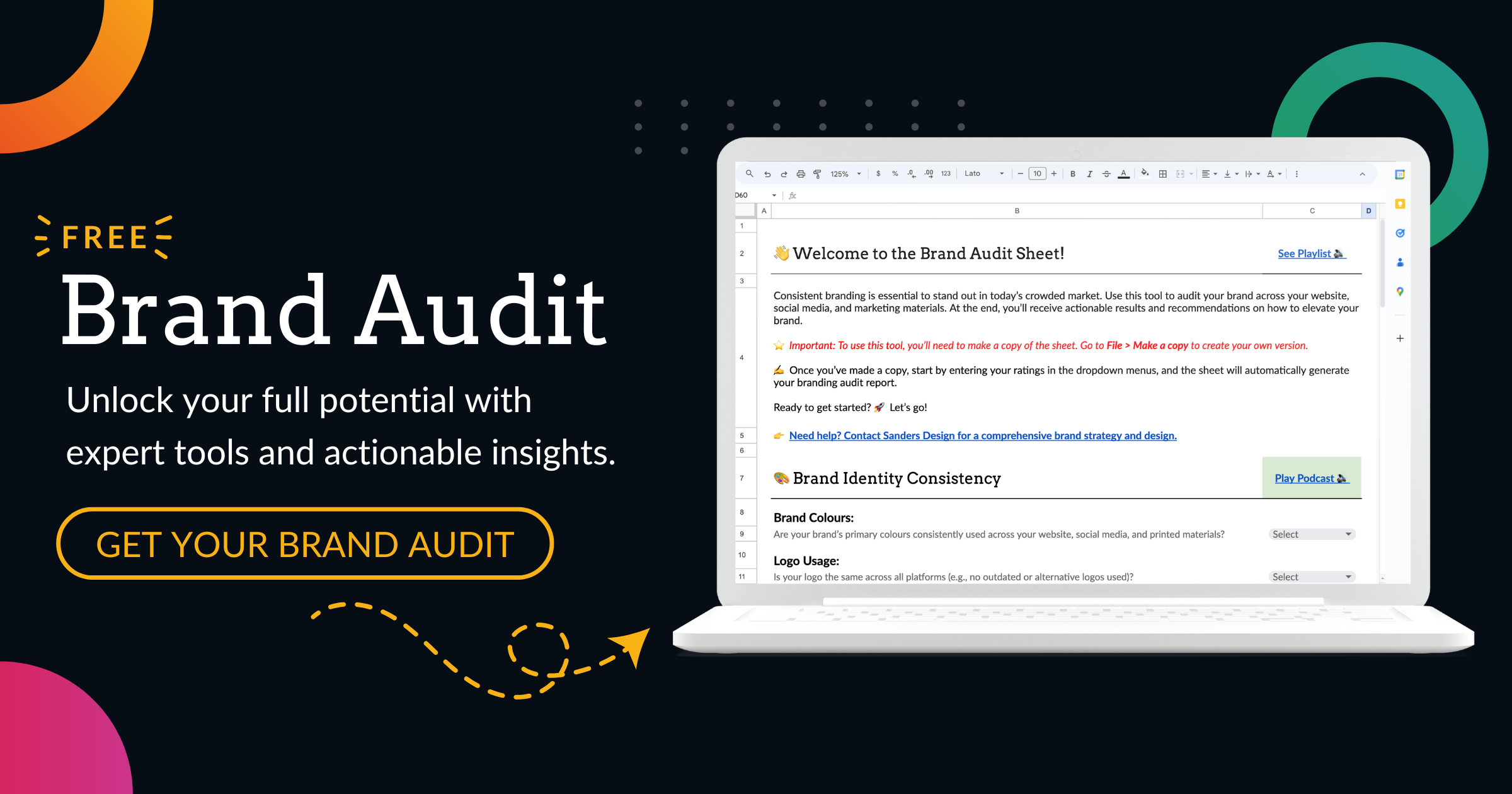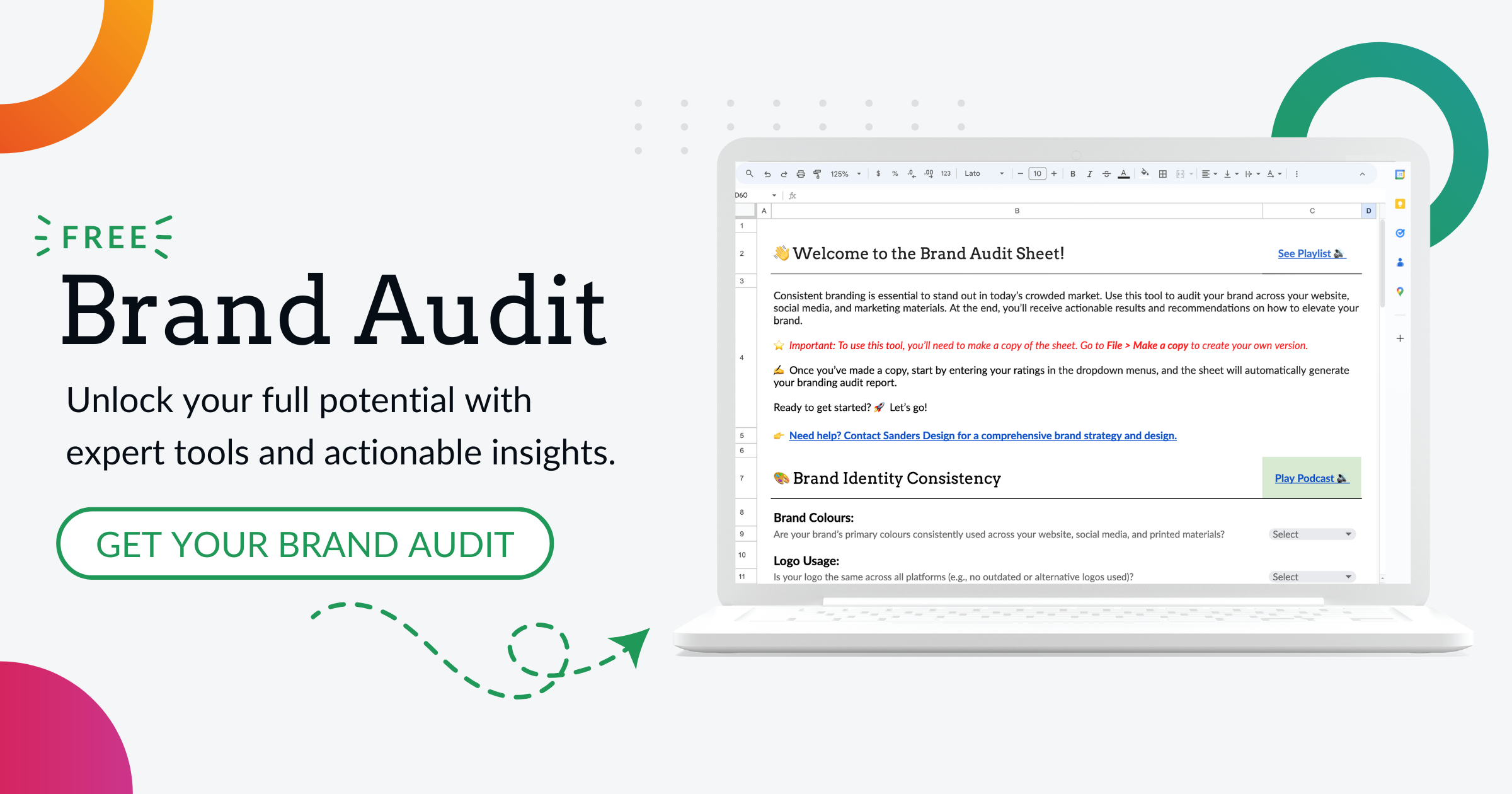The Truth About Website Design Costs: How Much Should You Really Expect to Pay?

Learn the importance of having a well-designed website for your business. Learn how website design influences user experience and business success. Invest in high-quality web design today!
Website design costs play a crucial role in achieving a high-quality website. While it may be tempting to cut corners and opt for a cheap or free website design, this can often result in a subpar user experience and negatively impact the perception of your brand. Investing in professional website design ensures that your website is visually appealing, user-friendly, and optimised for performance.
Factors that Affect Website Design Costs
Several factors can influence the cost of website design. Understanding these factors can help you determine an appropriate budget for your project.
1. Complexity of the website design: The complexity of the design you envision for your website will have a significant impact on the cost. A simple, minimalist design will be less expensive than a complex, intricate design with custom illustrations or animations.
2. Number of pages and features: The more pages and features your website requires, the more time and effort it will take to design and develop. Each additional page or feature adds to the overall cost.
3. Customisation and personalization: If you want a unique and customised design for your website, it will require more time and expertise from the designer or agency. Customisation often comes with a higher price tag.
4. Integration with third-party tools and platforms: If your website needs to integrate with third-party tools or platforms, such as e-commerce systems or customer relationship management (CRM) software, it can increase the complexity and cost of the project.
5. Timeframe and urgency of the project: If you have a tight deadline or need the website design completed quickly, it may require additional resources and effort from the designer or agency, which can result in higher costs.
The Role of WordPress in Website Design Costs
WordPress is one of the most popular website design platforms available today. It offers a wide range of themes and plugins that make it easy to create and manage a website. However, it is essential to understand how WordPress can affect website design costs.
Pros of using WordPress for website design:
- Cost-effective: WordPress itself is free to use, which can help reduce overall website design costs.
- User-friendly: WordPress has a user-friendly interface that allows non-technical users to manage and update their websites easily.
- Extensive theme and plugin library: WordPress offers a vast selection of themes and plugins that can be used to customise and enhance the functionality of your website.
Cons of using WordPress for website design:
- Limited customisation: While WordPress allows for some customisation, it may not offer the same level of flexibility as a custom-built website.
- Technical limitations: Depending on the complexity of your design requirements, you may encounter technical limitations with WordPress that could require additional development work or custom coding.
How WordPress affects website design costs: Using WordPress as a website design platform can help reduce costs, especially if you choose a pre-designed theme and make minimal customisations. However, if you require extensive customisation or have unique design requirements, it may be necessary to hire a professional designer or developer to achieve your desired outcome, which can increase costs.
DIY Website Design vs. Professional Website Design: Which is More Cost-Effective?
When considering website design, you may wonder whether it is more cost-effective to do it yourself (DIY) or hire a professional designer or agency. Both options have their advantages and disadvantages.
Advantages of DIY website design:
- Cost savings: DIY website design can be significantly cheaper than hiring a professional designer or agency.
- Flexibility and control: With DIY website design, you have complete control over the design and can make changes whenever you want.
Disadvantages of DIY website design:
- Time-consuming: Designing a website from scratch can be time-consuming, especially if you are not familiar with web design principles and tools.
- Lack of expertise: Unless you have experience in web design, your DIY website may lack the professional touch and attention to detail that a designer or agency can provide.
- Limited customisation: DIY website builders often have limitations when it comes to customisation options, which can restrict your ability to create a unique and personalised design.
Advantages of professional website design:
- High-quality design: Professional designers have the expertise and experience to create visually appealing and user-friendly websites that align with your brand.
- Time savings: Hiring a professional designer or agency allows you to focus on other aspects of your business while they handle the website design process.
- Customisation options: Professional designers can create custom designs tailored to your specific needs and requirements.
Disadvantages of professional website design:
- Higher cost: Hiring a professional designer or agency will generally be more expensive than DIY website design.
- Dependence on external resources: When working with a professional designer or agency, you may need to rely on their availability and timelines, which could impact the speed at which your website is completed.
Cost comparison between DIY and professional website design: The cost comparison between DIY and professional website design will vary depending on the complexity of your project, your level of expertise, and the resources available to you. While DIY website design may be cheaper upfront, it is essential to consider the long-term costs associated with maintaining and updating your website. Professional website design may require a higher initial investment but can provide a higher quality result and save you time in the long run.
How Much Should You Really Expect to Pay for a Basic Website Design?
A basic website design typically includes a few pages with minimal features and functionality. The cost of a basic website design can vary depending on several factors.
Definition of a basic website design: A basic website design typically includes a homepage, about page, services or product page, contact page, and a few additional pages as needed. It may have a simple layout, minimal graphics, and limited customisation.
Average cost range for a basic website design: The cost of a basic website design can range from £500 to £5,000 or more, depending on the complexity and customisation required. Factors such as the designer’s experience, location, and the specific requirements of your project can also influence the cost.
Factors that affect the cost of a basic website design:
- Complexity: Even within the category of basic website design, there can be variations in complexity. If you require additional features or functionality beyond the standard pages mentioned earlier, it can increase the cost.
- Customisation: If you want to customise the design or add unique elements to your basic website, it may require additional time and effort from the designer, which can impact the cost.
- Content creation: If you need assistance with content creation for your website, such as copywriting or image selection, it may incur additional costs.
How Much Should You Really Expect to Pay for a Custom Website Design?
A custom website design offers more flexibility and personalization compared to a basic design. The cost of a custom website design will depend on various factors.
Definition of a custom website design: A custom website design is tailored to your specific needs and requirements. It typically involves creating a unique layout, incorporating custom graphics or illustrations, and implementing advanced features and functionality.
Average cost range for a custom website design: The cost of a custom website design can range from £5,000 to £50,000 or more. The price will depend on factors such as the complexity of the design, the number of pages and features, the level of customisation required, and the expertise of the designer or agency.
Factors that affect the cost of a custom website design:
- Complexity: The more complex the design and functionality requirements, the higher the cost. Custom website designs that involve intricate animations, interactive elements, or advanced integrations will require more time and expertise from the designer or agency.
- Custom graphics and illustrations: If you require custom graphics or illustrations for your website, it may require additional resources and increase the cost.
- Content management system (CMS): The choice of CMS can also affect the cost of a custom website design. Some CMS platforms may require more development work or customisation, which can impact the overall cost.
How Much Should You Really Expect to Pay for an E-commerce Website Design?
An e-commerce website design involves creating an online store where customers can browse and purchase products or services. The cost of an e-commerce website design will depend on various factors.
Definition of an e-commerce website design: An e-commerce website design includes all the features and functionality required to sell products or services online. It typically involves creating product pages, a shopping cart system, payment gateway integration, and order management capabilities.
Average cost range for an e-commerce website design: The cost of an e-commerce website design can range from £5,000 to £100,000 or more. The price will depend on factors such as the complexity of the design, the number of products and categories, the level of customisation required, and the expertise of the designer or agency.
Factors that affect the cost of an e-commerce website design:
- Number of products and categories: The more products and categories you have, the more time and effort it will take to set up your e-commerce website, which can increase costs.
- Payment gateway integration: Integrating a payment gateway into your e-commerce website involves additional development work and may incur additional costs.
- Advanced features: If you require advanced features such as inventory management, customer reviews, or personalised recommendations, it can increase the complexity and cost of the project.
Hidden Costs to Watch Out for in Website Design
When budgeting for website design, it is essential to be aware of potential hidden costs that may arise during the project. By identifying and addressing these costs upfront, you can avoid unexpected expenses.
Common hidden costs in website design projects:
- Content creation: If you need assistance with content creation, such as copywriting or image selection, it may incur additional costs.
- Domain and hosting fees: While these are ongoing costs rather than hidden costs, they are often overlooked when budgeting for website design.
- Maintenance and updates: After the initial website design is completed, there will be ongoing maintenance and update requirements. It is important to consider these costs when budgeting for website design.
How to identify and avoid hidden costs in website design:
- Clearly define your requirements: Clearly communicate your requirements to the designer or agency upfront to ensure that all necessary elements are included in the initial quote.
- Ask about ongoing costs: Inquire about any ongoing costs associated with the website design, such as maintenance or update fees.
- Get a detailed quote: Request a detailed quote that outlines all the services and deliverables included in the project to avoid any surprises later on.
Tips for Budgeting and Negotiating Website Design Costs
Setting a realistic budget for website design and negotiating costs with a designer or agency can help you achieve a balance between quality and affordability.
How to set a realistic budget for website design:
- Research industry standards: Research industry standards and average costs for website design projects similar to yours. This will give you a ballpark figure to work with when setting your budget.
- Consider your specific requirements: Consider the complexity of your project, the number of pages and features required, and any customisation or integration needs when setting your budget.
- Allocate a contingency fund: It is always a good idea to allocate a contingency fund for unexpected costs that may arise during the project.
Tips for negotiating website design costs with a designer or agency:
- Clearly communicate your budget: Be upfront about your budget and expectations with the designer or agency. This will help them understand your limitations and work within your budget.
- Prioritise your requirements: If you have a limited budget, prioritise the most important features and functionality for your website. This will help the designer or agency focus on what matters most to you.
- Consider alternative payment structures: Some designers or agencies may offer alternative payment structures, such as hourly rates or milestone-based payments. Explore these options to find the best fit for your budget.
How to balance quality and affordability in website design:
- Do your research: Research different designers or agencies and compare their portfolios, reviews, and pricing structures. Look for a balance between quality and affordability.
- Request multiple quotes: Request quotes from multiple designers or agencies to compare costs and services. This will give you a better understanding of the market rates and help you make an informed decision.
- Focus on value, not just price: While price is an important factor, it should not be the sole determining factor. Consider the value that a designer or agency can provide in terms of expertise, experience, and quality of work.
Finding the Right Balance Between Quality and Affordability in Website Design
Website design costs play a crucial role in achieving a high-quality website that delivers a positive user experience and drives business success. Understanding the factors that affect website design costs can help you set a realistic budget and make informed decisions.
Whether you choose to go with a basic website design, custom website design, or e-commerce website design, it is important to consider the specific requirements of your project and balance quality with affordability. By doing thorough research, setting clear expectations, and negotiating costs with designers or agencies, you can find the right balance and achieve a website design that meets your needs and budget. Remember, investing in high-quality website design is an investment in the success of your business.


Author: Martin Sanders
I empower businesses to connect with their customers and boost sales. Ready to take your revenue to new heights? Get in touch with me today, and let’s make it happen!


